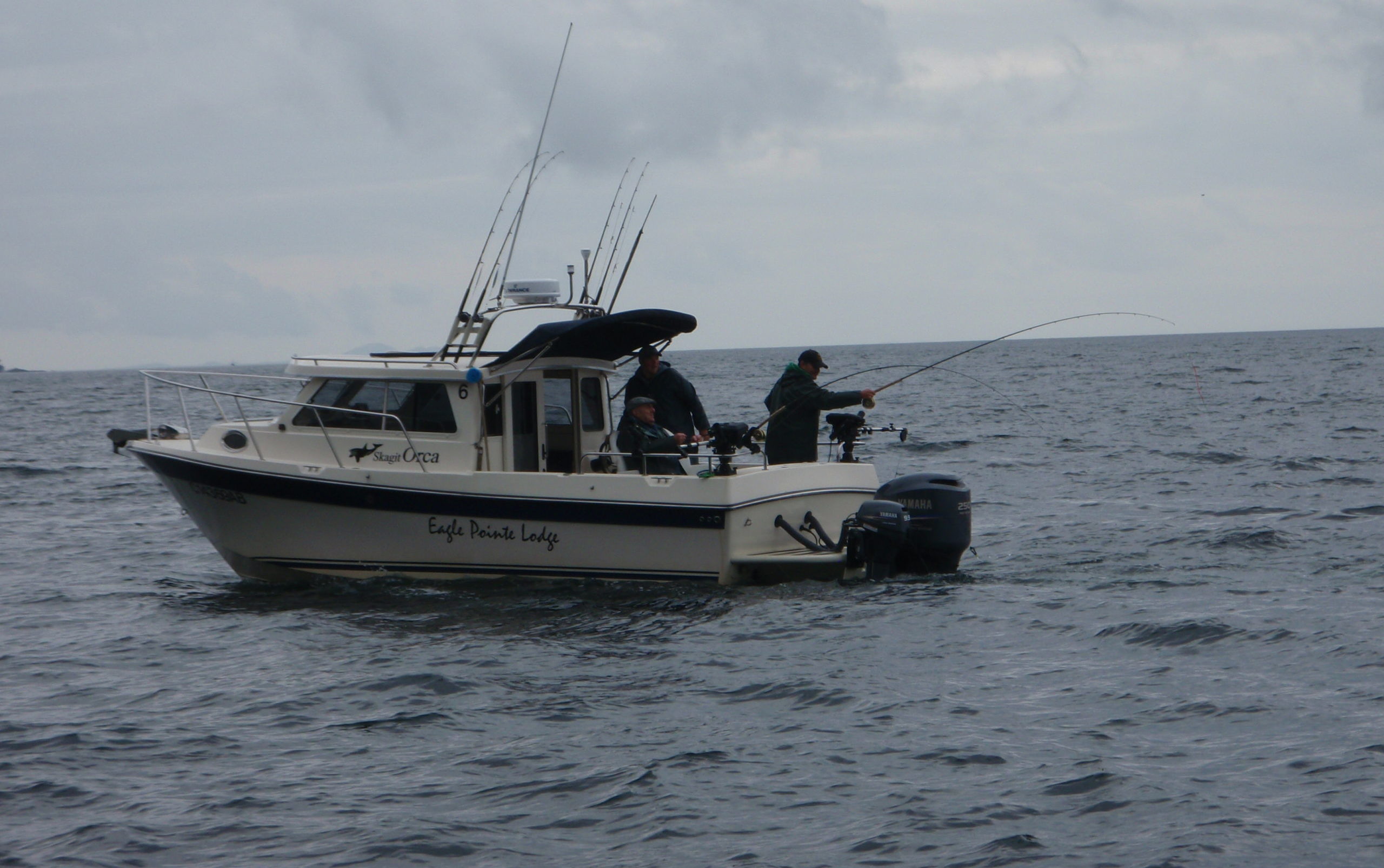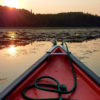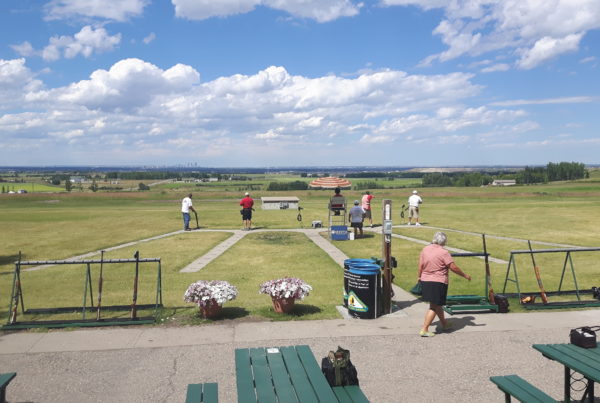My last article discussed some personal safety equipment required while onboard a boat in Canada. This time we will look at safety equipment required by law to be on your vessel, but not on your person. Different lengths of boats require different numbers and kinds of safety equipment, so be sure you know what is required for your boat.
Anchors
There are several kinds of anchors but the most common are grapnel, plough, Danforth (fluke), mushroom and deadweight anchors. Each are designed for different purposes and are best deployed on lake bottoms that are suited to the individual anchor. For example, a mushroom anchor will sink into a mucky bottom and is held in place by the suction needed to pull the anchor from the mire. This type of anchor will not work nearly as well on a rocky or gravelly bottom. For this type of bottom, you might want to use a grapnel or a Danforth anchor.
Of course, an anchor is no good if it isn’t connected to the boat. For this we use some sort of cable or rope. The line must be strong enough to hold against the pull of the boat and the anchor and must be long enough to be effective. Typically, an anchor line should be five to seven times the depth of the water depending on the size of the vessel. It should also have a two to three meter length of chain at the end, fastened to the anchor. The chain will allow the anchor to lay on its side and provide maximum holding power.
Taking On Water/Losing Power
Taking on water or losing power on the water can become a dangerous situation. In these situations, the following equipment will come in handy to get you moving again or keep your vessel from going under.
Manual Pump
Manual pumps are designed to remove water quickly and efficiently and are easily stowed when not required. A hose may be required to pump the water from the bottom of the boat over the side. An advantage that manual pumps have over bilge pumps is that they will still work in the event of electric failure.
Bailer
If your vessel is under 9 meters in length a bailer can be substituted for a manual pump. The bailer can be home-made but must be made of metal or plastic, have an opening of at least 65 sq.cm. (10 sq.in.) and hold at least 750 ml (0.2 gal) of water. A 2 liter milk jug with the bottom cut off (leave the cap on!) is more than sufficient.
Bilge Pump
Some vessels have a built-in bilge pump which, along with a water detection system can remove water automatically from the vessel. There will also be a manual override switch which allows the operator to test the system regularly.
Loss of Power
If your vessel loses power (runs out of fuel or has a mechanical breakdown), a manual propelling device may be the only way to get the vessel and its passengers to safety. Oars or paddles are the most common types of manual propelling devices because they are inexpensive, easy to stow and are robust.
Another useful tool is your anchor. It can be used to hold the vessel in place while minor repairs are being made. Be sure that the anchor is the correct type and length for your needs.
Fire
Fires onboard a vessel can be especially frightening because there is little or no way of escaping them. The following equipment is required on most vessels.
Bucket
A simple bucket can be used in most circumstances to extinguish or control an on-board fire. Although not legal requirements, the bucket should be easily seen (painted a bright colour), made of metal, and hold at least 10 liters of water. However, to satisfy legal requirements any kind of bucket is sufficient on a small vessel. Check your bucket regularly for cracks, rust or signs of damage. The bucket should be attached to the boat with a lanyard long enough to reach the water from where it is stowed. Keep it empty and easily accessible.
Fire Extinguisher
A portable fire extinguisher is required on most powered vessels. It must be easily accessible and stowed on permanently affixed brackets in the helm or cockpit. It must also have a label showing that it’s certified for marine use. Depending on the size of the boat, it must be either 5lb or 10lb ABC type.
Axe
An axe can give faster access to a fire under the deck. It can also be used to cut tow lines if necessary. The best type of axe to use is a fireman’s axe which has a short handle (easier storage) and a spike on one side. Be sure to store the axe away from the elements so it doesn’t rust and follow the manufacturer’s instructions for safe use and maintenance of your model.
Visual Distress Signals
In times of distress or emergency, the best way to signal for help from other boaters is to use a visual distress signal. These are typically a flashlight or flares.
In order for a flashlight to be effective, it must be water-tight and it must have batteries that are in good working condition – replace them regularly. A flashlight can be used to light your way or to signal other nearby boaters using the universal SOS signal which is three short flashes followed by three long flashes followed by three short flashes.
Flares are another way to signal other boaters that you are in distress. There are four different types of flares that will produce a bright light high above your location (parachute or multi-star), a bright light right at your location (hand-held) or a dense orange coloured smoke on the water at your location (smoke flare). Flares are certified for use for only four years from the date of manufacture. Be sure to check the expiry dates on your flares and replace when necessary.
Vessel safety is a high priority mainly because the boaters do not have an easy escape if something goes wrong. Regular maintenance of the boat and the safety equipment (including life jackets/PFDs as discussed in the last issue) is critical to a safe, enjoyable boating experience.
Be sure to know the number and type of emergency equipment required for your vessel. For more information on safe boating, visit www.albertaboatsafety.com and take AHEIA’s Transport Canada accredited Pleasure Craft Operator Training course.







